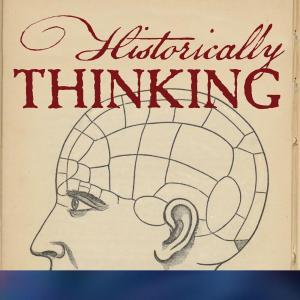Historically Thinking

Episode 365: Chesapeake Bay Sea Monster
In 1978, along the shoreline of the Potomac River in Westmoreland County, Virginia, people began to see…something…out in the water. Whatever it was, it seemed snakelike. But then all such sightings ended–until, over a period of years in the early 1980s, sightings proliferated around Kent Island, situated in the very middle of the Chesapeake, the eastern end of the Chesapeake Bay Bridge. The “monster” was soon named “Chessie”, and perhaps because of the cute name was characterized as being a friendly monster; and while no biological traces of it were ever discovered, “Chessie” became an icon of the environmental movement to save the bay. But what was the context for Chessie’s sightings? What might suburbanization and taking recreation as seriously as labor have to do with seeing monsters in the water? And why did so many (including, as best as I can remember, myself) need to believe that Chessie was real? With me to discuss Chessie, and her life and times is Eric Cheezum, an independent historian, a resident of Maryland’s eastern shore, and the author of Chessie: A Cultural History of the Chesapeake Bay Sea Monster, which is–not surprisingly–the subject of our conversation today. For Further Investigation David Halperin, Intimate Alien: The Hidden Story of the UFO James Elkins, The Object Stares Back: On the Nature of Seeing Hal Rothman, Devil’s Bargains: Tourism in the Twentieth Century American West WBAL-TV: "The legend of 'Chessie' is alive and well 35 years later" The Chesapeake Conservation Partnership on the sightings and importance of "Chessie: The Chesapeake Bay Sea Monster"






 Visit Podcast Website
Visit Podcast Website RSS Podcast Feed
RSS Podcast Feed Subscribe
Subscribe
 Add to MyCast
Add to MyCast